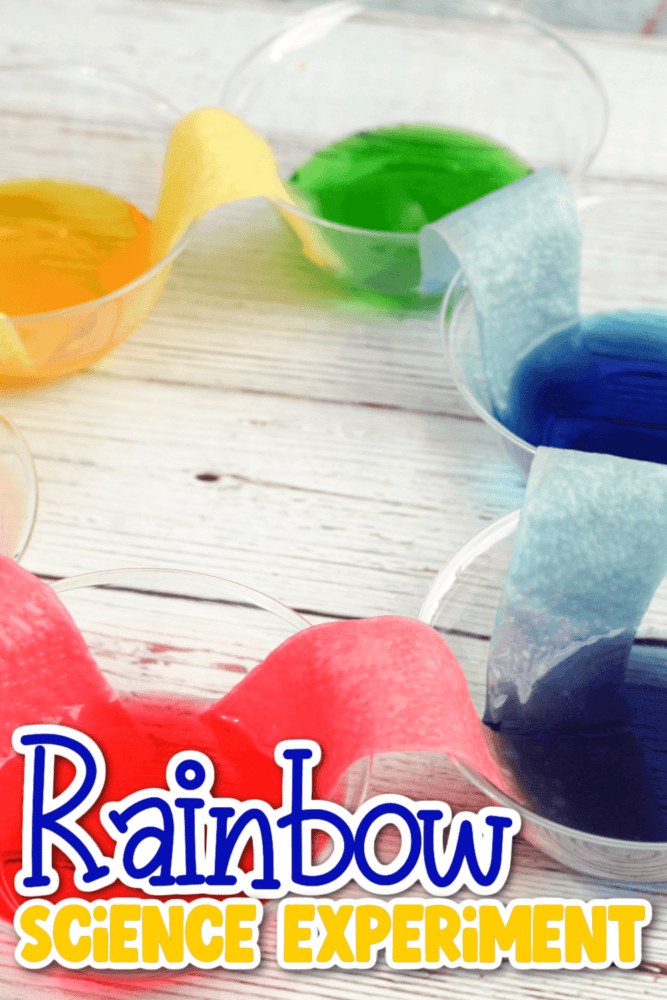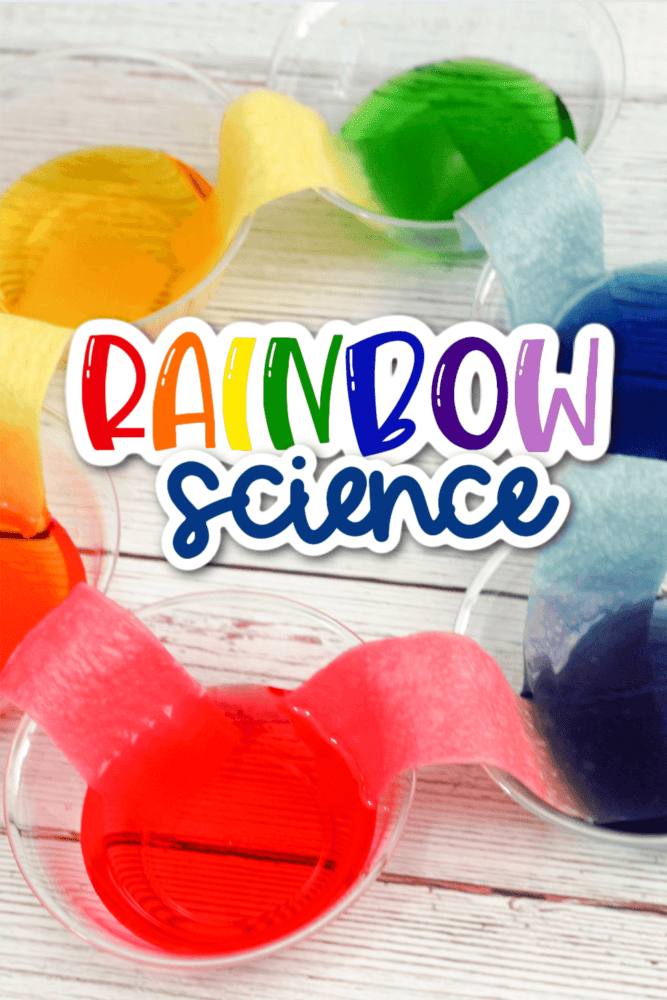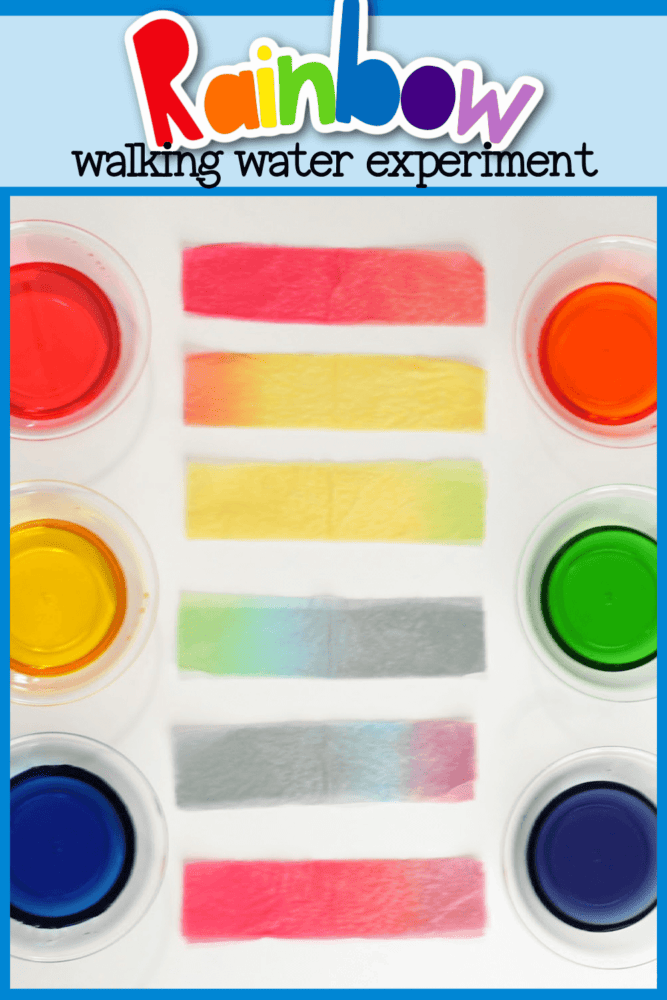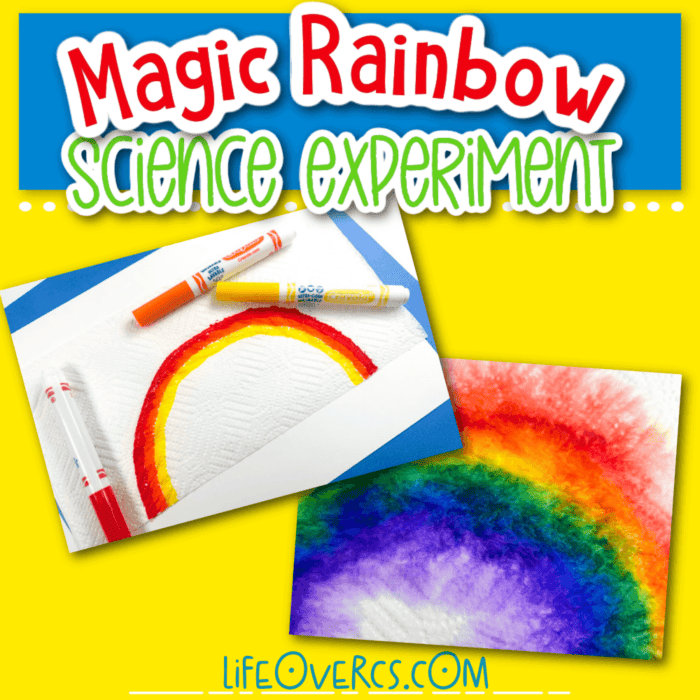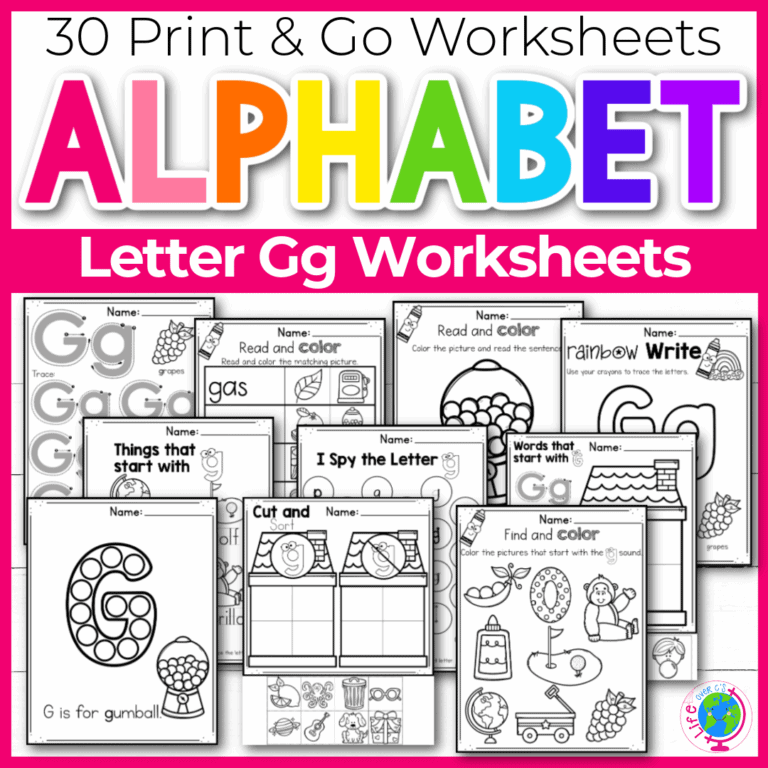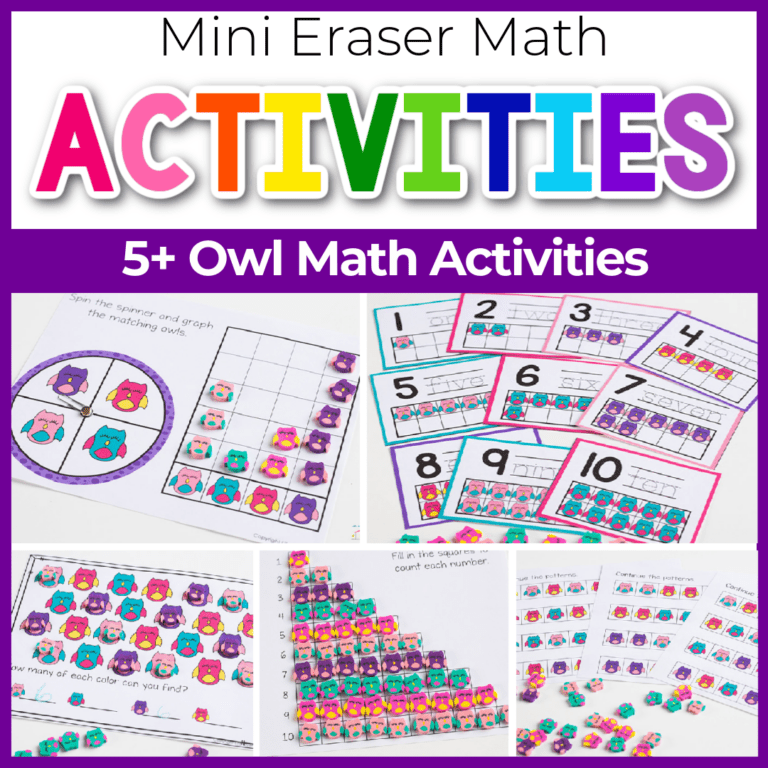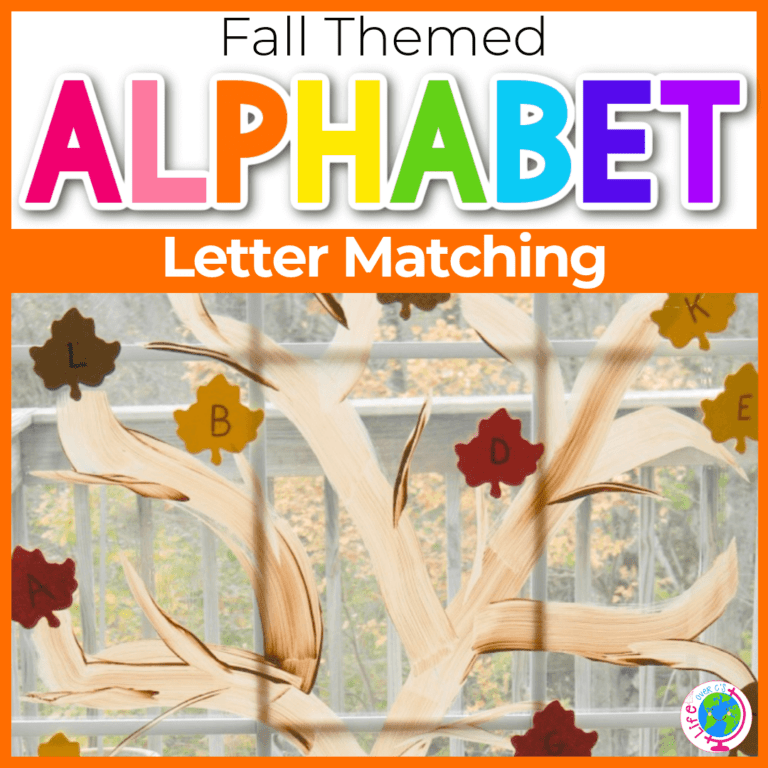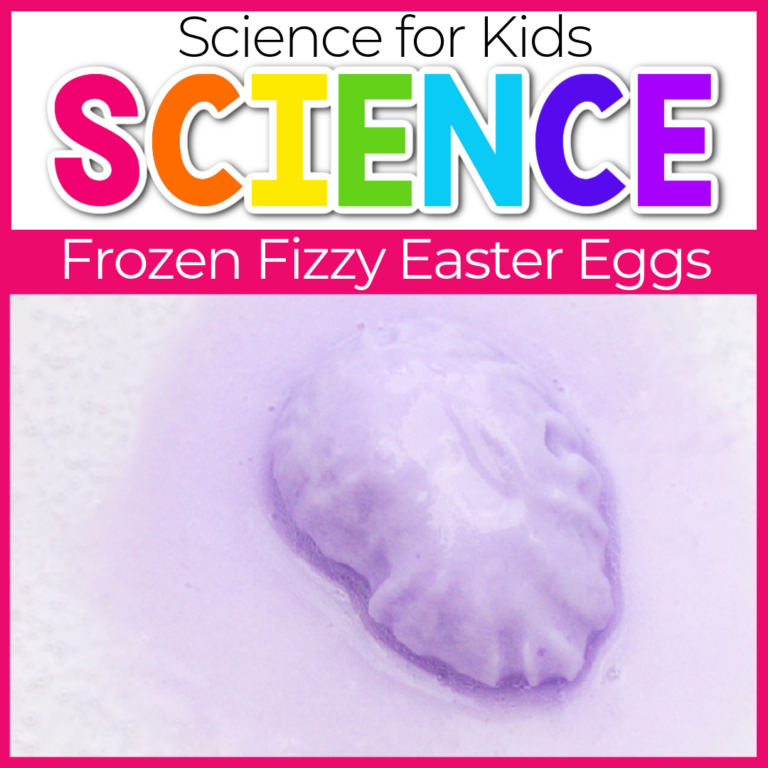Rainbow Walking Water Science Experiment for Kids
Rainbows are beautiful, bright, happy, and full of mystery! In short, rainbows are magical. Bring some of that magic into your classroom through The Rainbow Walking Water: Science Experiment for Kids. This experiment engages students while teaching about colors, color mixing, capillary action, and more! Add this one to your spring lesson plans today to keep your students learning this spring.
Recommended Grade Level:
Rainbow Colors Science Experiment
There are a WEALTH of learning opportunities within this walking water science experiment! You can choose what standard or learning skill to highlight, based on the age of your students and the curricular areas you wish to teach. Once you’ve ignited your kids’ curiosity, check out the rest of our science experiment collection for more ideas!
Science Experiment Vocabulary: primary colors, secondary colors, absorption, capillary action, cellulose fibers, and gravity/pull.
Color science: This project uses three primary colors (red, yellow, and blue) to create three secondary colors (orange, green, and violet/purple). What would happen if you mixed up the order of the jars? Would the results be the same with a “secondary” rainbow, beginning with orange, green, and violet jars?
Capillary action: As the water droplets travel UP the paper towel, it’s as if they are defying gravity. The cellulose fibers in the paper towel provide “tubes” that pull the water through the fibers as if the water walks up and over a hill!
Scientific process: Any rainbow science experiment in preschool is an opportunity to explore the steps and processes of scientific experimentation! Create questions, form hypotheses, and reflect on the results of the rainbow walking water experiment for a lesson your students won’t soon forget.

Before you Begin
One of the most engaging (and let’s face it— often entertaining) parts of an experiment is taking time to allow students to make their best guesses about what will happen. Lay out all of your supplies for them to see, and pose the question “Based on what we know about rainbows, and the name of the experiment… what do we think we might be doing with these materials today?” Their answers may enlighten you to their misconceptions, and scientific background knowledge. They will almost always spur some great conversations.
Rainbow Walking Water Science Experiment Supplies:
- Cups/ glasses of water
- Food Coloring (Multiple Colors)
- Paper Towels
There’s a good chance you have all of those supplies ready to go! So grab your students and dive into this exciting Rainbow Water Experiment.
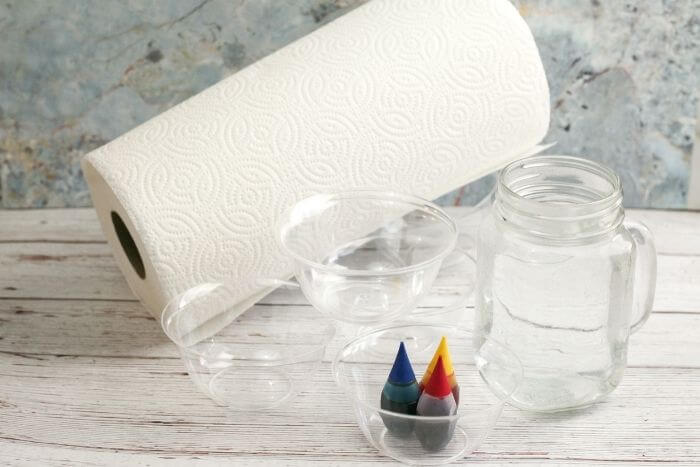
Step-by-step Directions for the Rainbow Walking Water Science Experiment
- Place the 6 cups in a row and fill the 1st, 3rd, and 5th cups with water until half full.
- Add 4 drops of food coloring as follows: Cup 1 – Red, Cup 3 – Yellow, Cup 5 – Blue
- Arrange the cups in a circle in the order: Red, empty, yellow, empty, blue, empty.
- Take a sheet (the smallest select-a-size) of paper towel and fold it in half lengthwise,
then fold it again lengthwise. Cut the paper towel to a length that creates an arch over the
cups, but isn’t too high. - Place one half of the paper towel (lengthwise) into each cup so that one half is in the
colored water and the other half is in the empty cup. Repeat steps until half of each paper towel is in one cup and the other half sits in the cup next to it. - Watch as the water begins to move up the paper towel and leak into the empty cup.
The primary rainbow colors will mix as the water travels to create a rainbow.

Rainbow Walking Water Science Experiment Extensions
After the experiment, you have the opportunity to take the learning to the next level. Have students write a sentence summary, color in their own rectangles to match the paper towels, or make a guess about what might happen if you changed the colors in the cups!
It would be easy to have the students explain to a parent or sibling what happened in the experiment as well.
More Rainbow Science Ideas for Kindergarten
Once you experience this amazing activity, your students will be ready for more rainbow experiments! Luckily, there are lots of fun options when it comes to rainbows!
Who knows– you may even inspire one of your students to have a new love of rainbows altogether!
Here are some more experiments that allow plenty of organic learning to occur through the magic of rainbows:
- Arrange Skittles on a plate in a rainbow pattern. Then, experiment with colors running and mixing by adding liquid. Change up the liquid to alter the results.
- Create a fizzy rainbow with baking soda, food coloring, and vinegar.
- Use watercolors to experiment with mixing primary colors to create secondary colors.
- Make rainbow slime to explore colors with a multi-sensory approach.
- Make Rainbow Pretzel Snacks on a stick.
- Narwhal Rainbow Color Board Game.
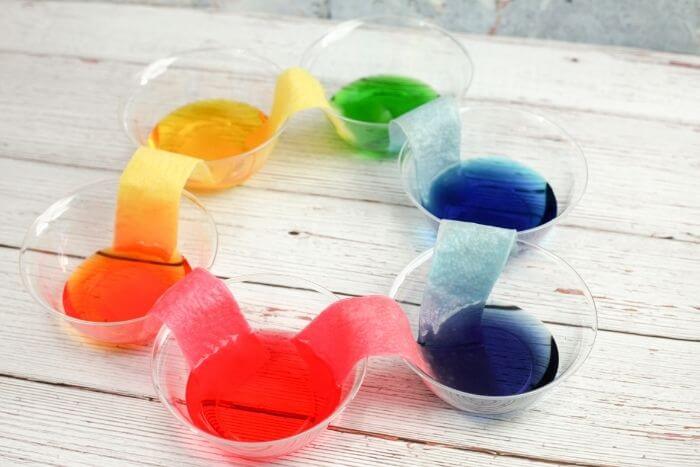
Printable Activities for Kids:
More Rainbow Activities You’ll Love:
Looking For More Rainbow Science Ideas?
How About More Fun Science Experiments?
- Apple Volcano Science Experiment
- Rainbow Soda and Mentos Science Experiment
- Baking Soda and Vinegar Science Experiment
- Fizzing Ice Experiment
- Tin Can Telephone: Sound Wave Science Experiment
Search All Activities
Looking for more? Find exactly what you need here:





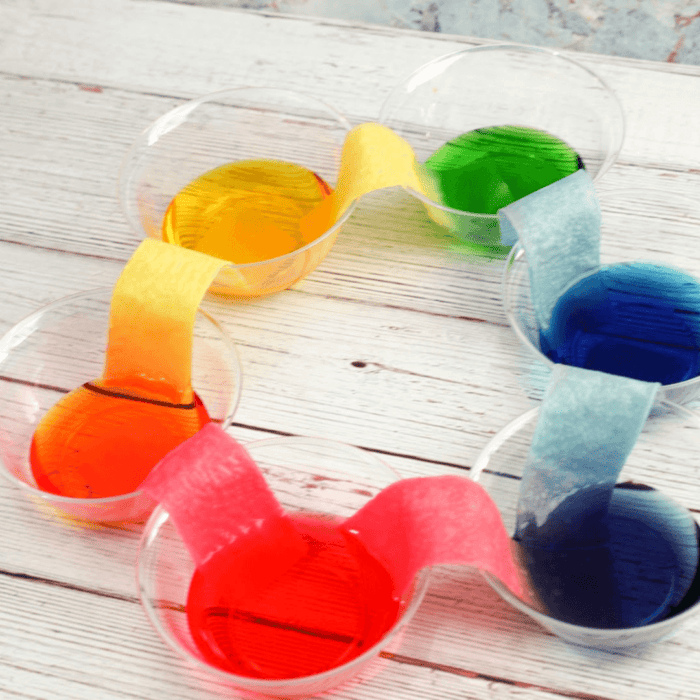




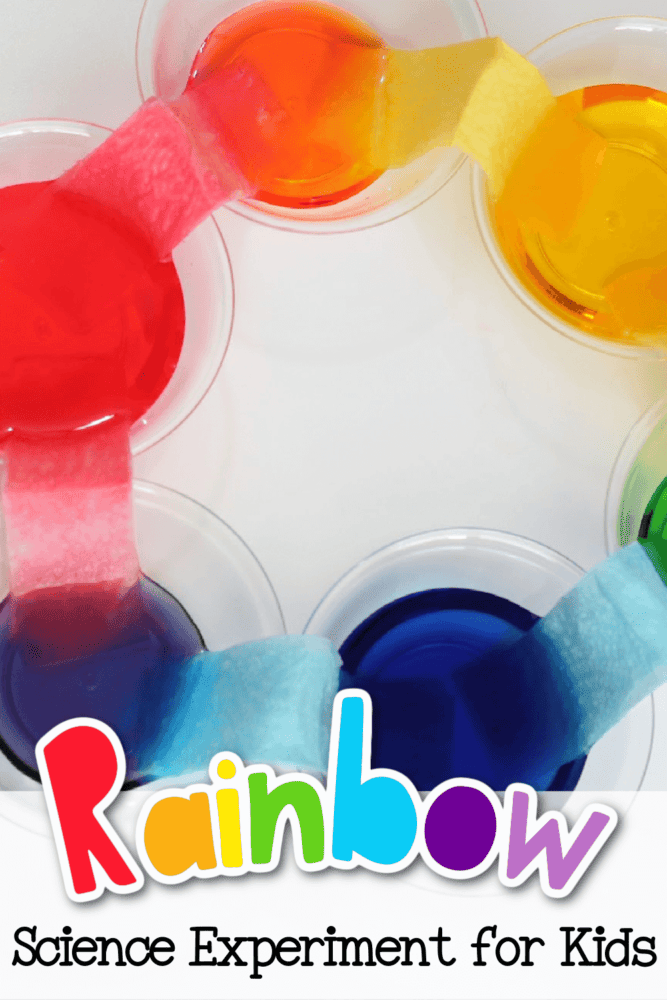
![text says [rainbow walking water science experiment lifeovercs.com] with photo of the experiment](https://lifeovercs.com/wp-content/uploads/2021/04/Rainbow-Walking-Water-Science-Experiment-for-Kids-8-667x1000.png)
![text says [rainbow walking water science experiment lifeovercs.com] with photo of the experiment](https://lifeovercs.com/wp-content/uploads/2021/04/Rainbow-Walking-Water-Science-Experiment-for-Kids-7-667x1000.png)

